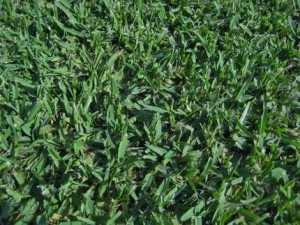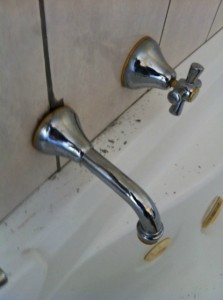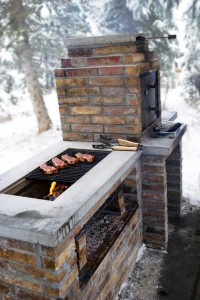
Keeping your pool sparkling clean calls for regular attention to filtration and the chemical balance of the water. The filter alone only removes particles suspended in the water, while the chemical treatment keeps bacteria and algae in check.
Filtration.
Basically, the filtration system consists of the skimmer box which continually skims off floating leaves and debris from the pool as it takes water to the filter, the filter and pump, the heart of the pool where the water is processed, and the return lines for returning clean water to the pool.
Various types of filter are available and most are satisfactory provided the flow rate is sufficient for cleaning the amount of water in your pool. The filter should also be easy to clean, called backwashing, and spare parts and service should be readily available.
Two important additional pieces of equipment are the leaf skimmer, a long handled tool for manually removing floating debris, and a vacuum cleaner which works somewhat like a carpet vacuum cleaner.
Some automatic pool cleaners are available which use water propulsion to move themselves in a random pattern across the floor and walls of the pool, cleaning as they go. These can be real work-savers.
Testing pH levels.
This tells you the balance between acid and alkali in the pool water. The pH scale is measured from zero (totally acidic) up to 14 (totally alkaline). A reading of 7 means the water is balanced between the two. The ideal pH level for a pool is between 7- 4 and 7- 6 which is just slightly alkaline.
To test this, use one of the test kits from your pool supplier- Most are used in a similar way. A sample of pool water is placed in a test tube and a few drops of testing chemical added. The resulting colour change is compared with a chart to give you the result of the test. The PH level should be tested once a week.
If the pH level is too low – to aside- it can be adjusted by adding bicarb of soda or soda ash. Both products should be used with care.
If the pH level is too high – too alkaline, add acid, available in dry or liquid form. Mix in a bucket of water and add to the deep end of the pool in small amounts until the desired reading is obtained Add acid as far away from the pool sides as possible to avoid etching the pool walls.
Chlorine.
To kill off bacteria and algae, chlorine is added to the water daily in summer, weekly in winter. Usually, the warmer the weather, the more chlorine is needed. Signs of algae mean too little chlorine is being used but too much will be unpleasant for swimmers. Chlorine is actually a gas but is sold for use in home pools as a white powder (calcium hypochlorite) or as a liquid (sodium hypochlorite).
The powder can be fed into the pool by hand or diluted in water. It is also sold compressed into tablet form, which can be used with an automatic chlorinator. The tablets dissolve at a predetermined rate as the chlorinator floats on the pool surface.
Some of the chlorine is destroyed as it works and some is affected by sunlight. The amount left is called chlorine residue. Only a small amount is needed to keep the pool clean and a test for it is included in the test kit. Chlorine should be added to the pool in the evening, and the test done in the morning to get an accurate reading.
Care with chemicals.
Always follow the instructions printed on the packages of pool chemicals. Store them in a clean, dry well ventilated place away from any flammable materials. Never stand containers of different chemicals on top of one another. Keep them well apart.
NEVER mix pool chemicals with one another. While they are safe to handle individually, an explosion can occur if they are mixed.
ONLY clean, dry non-metallic vessels free of any foreign matter whatsoever can be used for measuring. Fire of very great intensity can occur if the chemicals become contaminated.
When adding a liquid to a liquid, hold the chemical close to the water to avoid splashing. Add dry ingredients out of the wind.
ALWAYS ADD CHEMICALS TO WATER, NOT WATER TO CHEMICALS.
Always wash hands after handling chemicals Be sure you know the first aid to be given if someone accidentally swallows a chemical or spills same on the skin. Keep this on the chart near where chemicals are stored. Keep emergency phone.
Materials you’ll need:
- Test kit (including pH and chlorine residue tests)
- Soda ash or bicarb of soda
- Pool acid
- Chlorine
- Clean, dry non-metallic containers for mixing chemicals
- Clean, dry well ventilated storage place
Tools you’ll need:
- Leaf skimmer
- Vacuum cleaner


